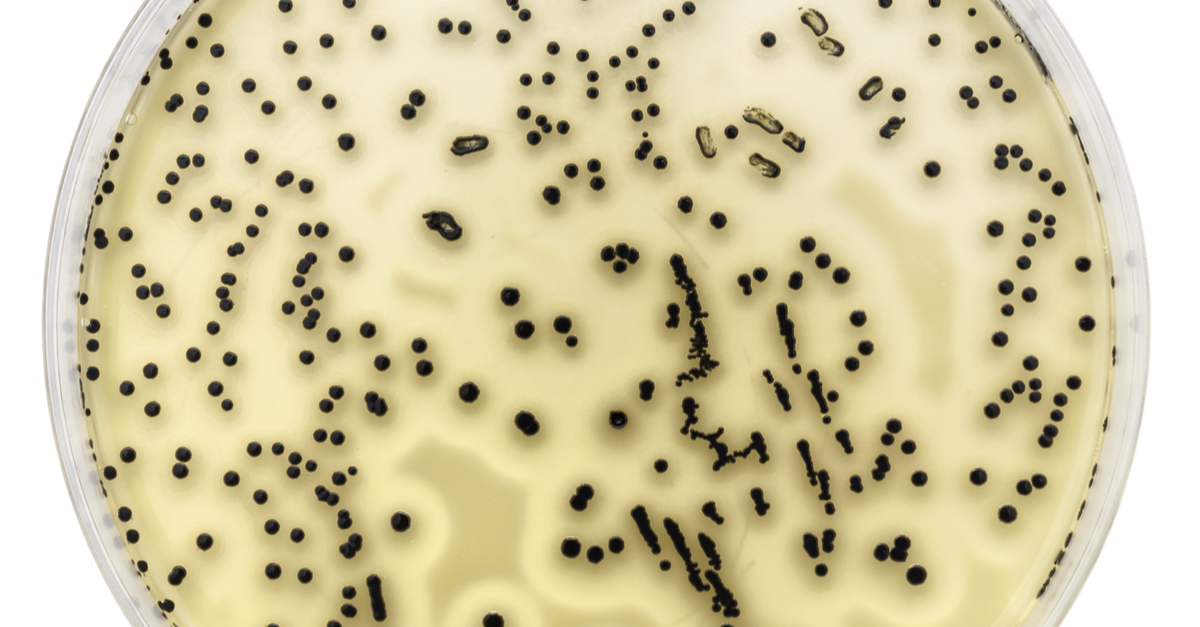
For those intimately involved in the medical device industry, the term "bioburden testing" carries significant weight. Ensuring the safety of these devices is critical and one main aspect of this assurance is bioburden testing that evaluates the microbial contamination on or within medical devices. In this article, we'll explore the importance of bioburden testing in ensuring the safety of medical devices, without diving too deep into technical aspects that are unique to each device.
What is Bioburden Testing?
Firstly, Bioburden is the sum of the
microbial contributions from various sources including raw materials, manufacturing
processes, assembly, environment, cleaning and packaging.
Bioburden testing is a meticulous process of examination of a medical device for microbial contamination, which includes bacteria, fungi, and other microorganisms. The goal is to determine the quantity and type of microbes present before the device is sterilized and deemed ready for use.
The testing process starts with the careful selection of samples from different parts of the device, including its surface and any internal components that might interact with patients and are likely to be contaminated. These samples are then subjected to different forms of microorganism extraction procedures followed by various testing methods, like membrane filtration or direct plating. The selection of culture conditions for the enumeration of microorganisms will be based on the types of microorganisms expected to be present on the devices. These methods must be validated to identify and quantify the number of microbes present.
The Regulatory Perspective
Regulatory bodies, such as Health Canada
and the FDA, mandate comprehensive bioburden testing as part of device
validation. Compliance with these regulations is crucial for market approval.
The ANSI/AAMI/ISO 11737-1:2018 Sterilization of healthcare products—Microbiological methods—Part 1: Determination of a population of microorganisms on products provides guidelines and requirements for conducting microbiological testing of healthcare products, including medical devices, to ensure their sterility and safety. This international standard outlines a systematic approach to determining the bioburden of healthcare products and establishing appropriate sterilization processes to reduce or eliminate microbial contamination.
Acceptance Criteria
The results of bioburden testing are compared against acceptance criteria. These criteria specify the acceptable level of microbial contamination for a given device. Usually, devices have different requirements based on their intended use and classification.
Contact
the team of experts at SteriLabs to start bioburden testing of your device.
Dr. Anas Aljabo on Linkedin.
My SteriLabs Experience as an Interdisciplinary Biochemistry and Microbiology Intern. Blog post by Natasha Tal.
September 22, 2025
Microbiologist / Study Lead (Sterilization, Sterility Testing & QMS) — 24-Month Term
September 18, 2025
Media fill testing: Ensuring Aseptic Processing for Client Projects and Licence Applications. Blog Post by Natasha Tal
August 22, 2025